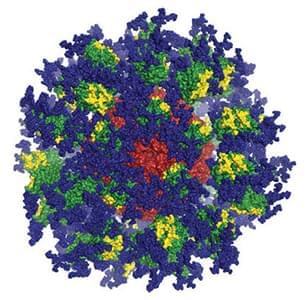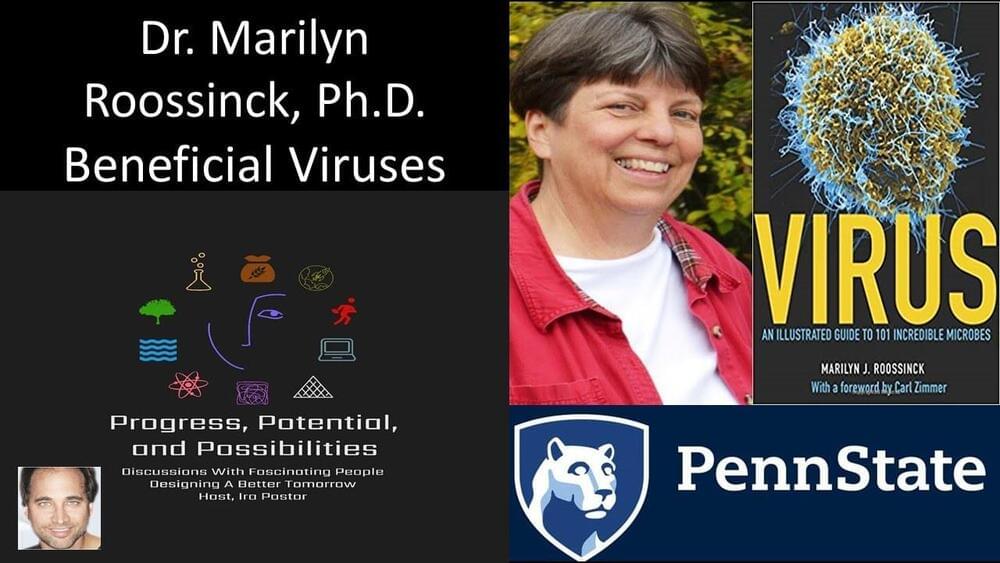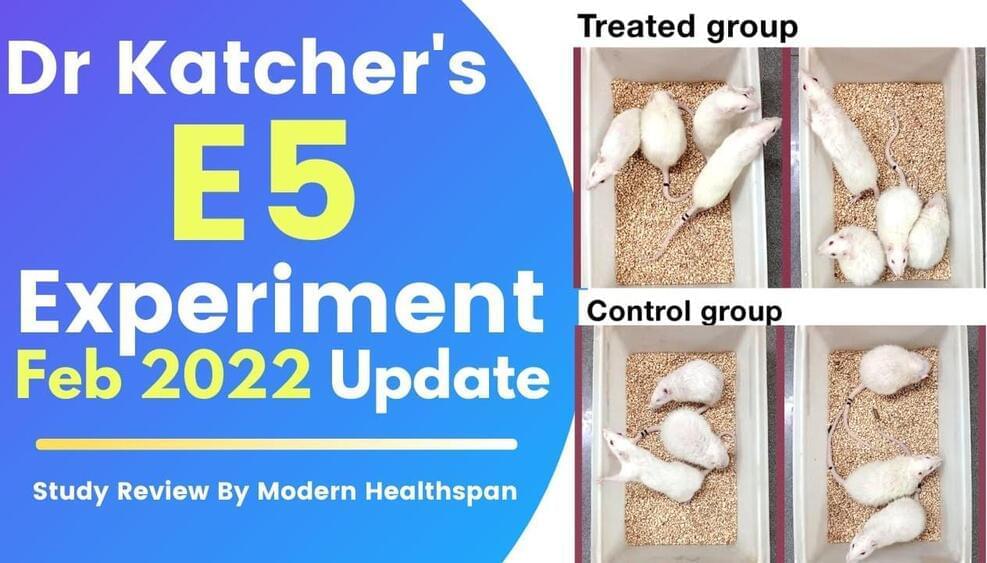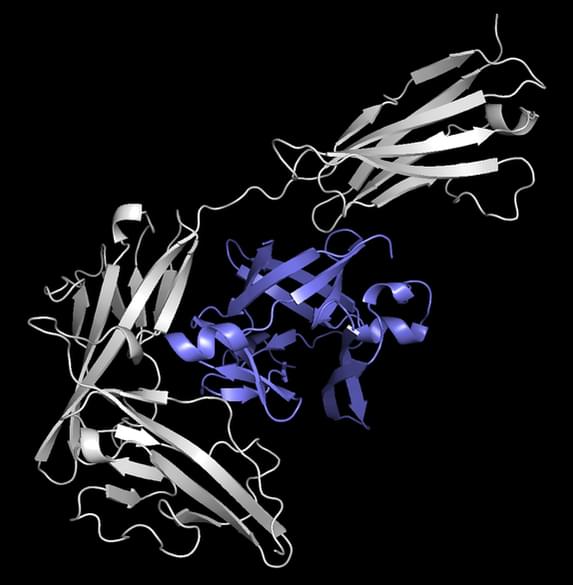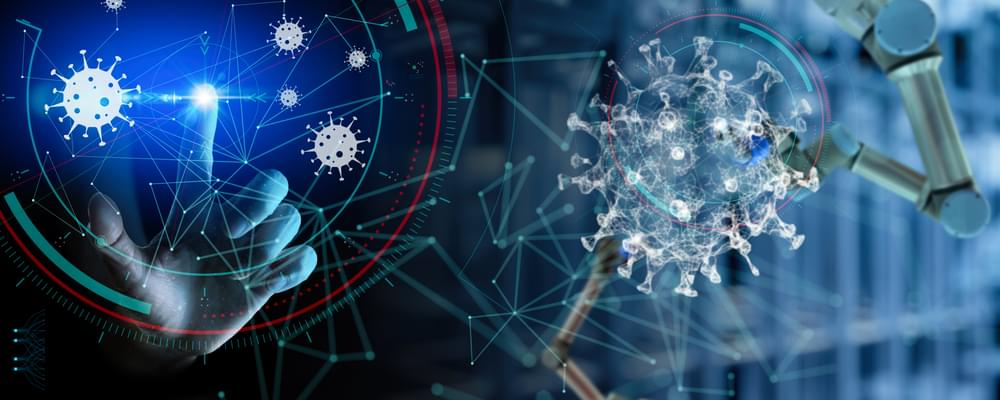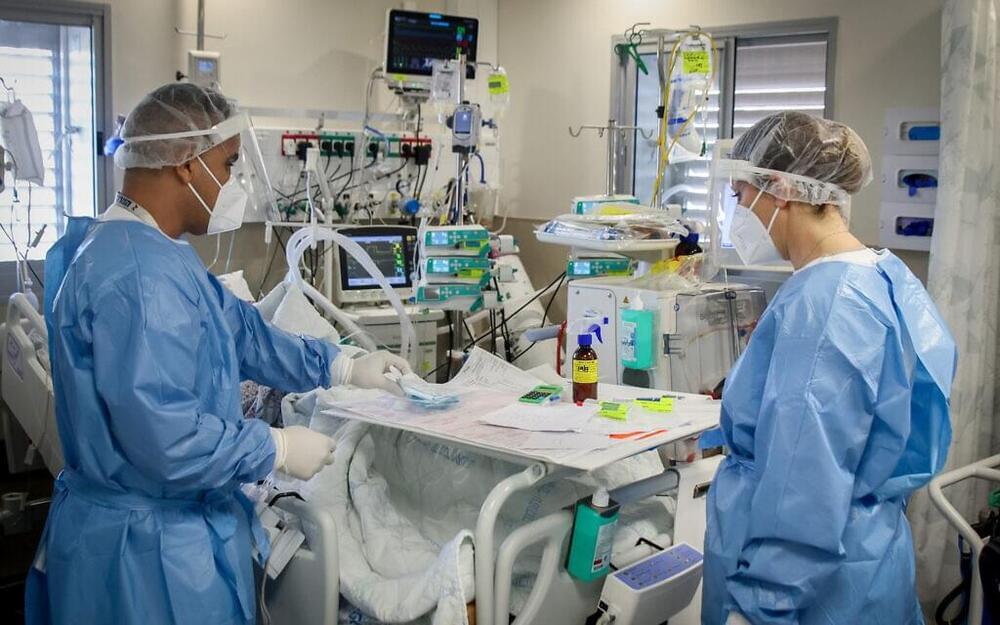Feb 3, 2022
Captained: The European immigrants prevailed in that war, as well as in a long series of conflicts with other tribes
Posted by Quinn Sena in categories: health, internet, robotics/AI, sustainability
On this land taken from Indigenous Peoples, a new nation was eventually born, largely built by those whose ancestries traced back to the Old World via immigration and slavery.
As the country grew, inventions like the telephone, airplane, and Internet helped usher in today’s interconnected world. But the inexorable march of technological progress has come at great cost to the health of the planet, particularly because of global dependence on fossil fuels. The United Nations declared in 2017 that a Decade of Ocean Science for Sustainable Development would be held from 2021 to 2030. This Ocean Decade calls for a worldwide effort to reverse the oceans’ degradation.
The dawn of this decade, 2020, also marked the 400th anniversary of the Mayflower’s journey. Plymouth 400, a cultural nonprofit, has been working for more than a decade to commemorate the anniversary in ways that honor all aspects of this history, said spokesperson Brian Logan. Events began in 2020, but one of the most innovative launches is still waiting in the wings—a newfangled nautical craft, the Mayflower Autonomous Ship, or MAS.

